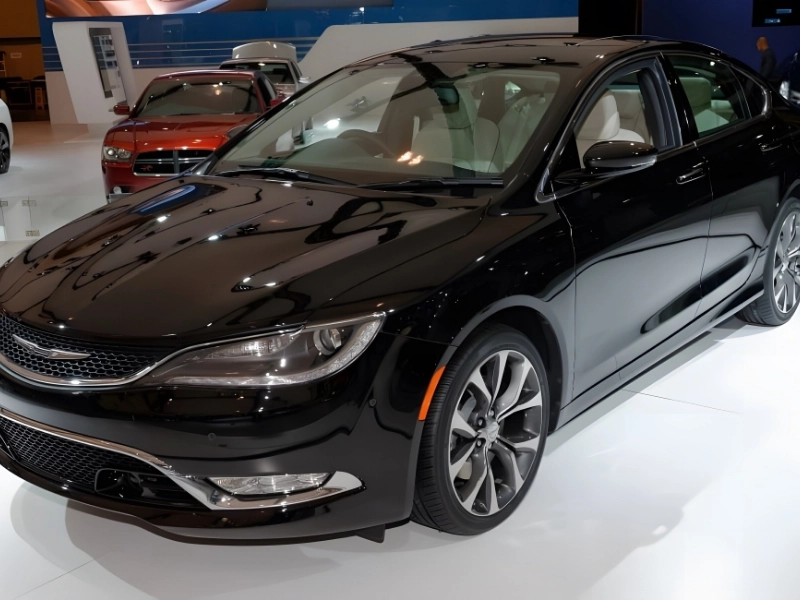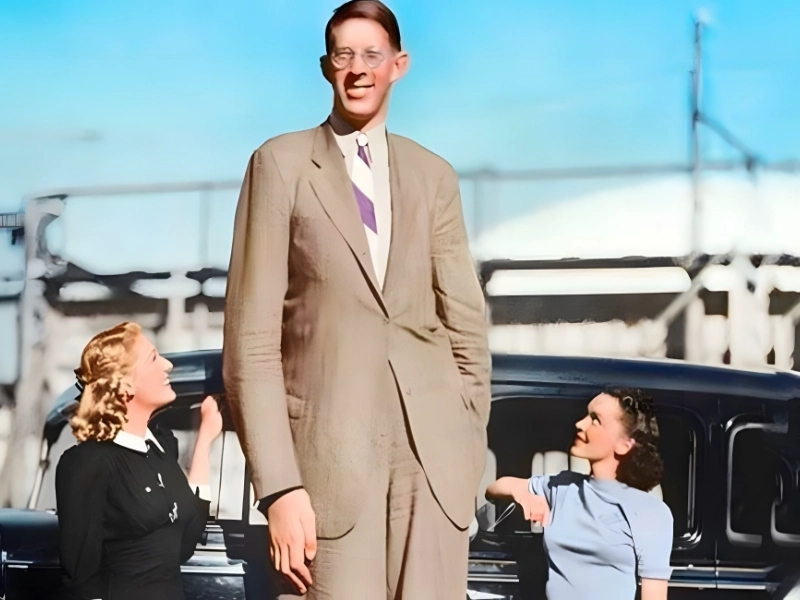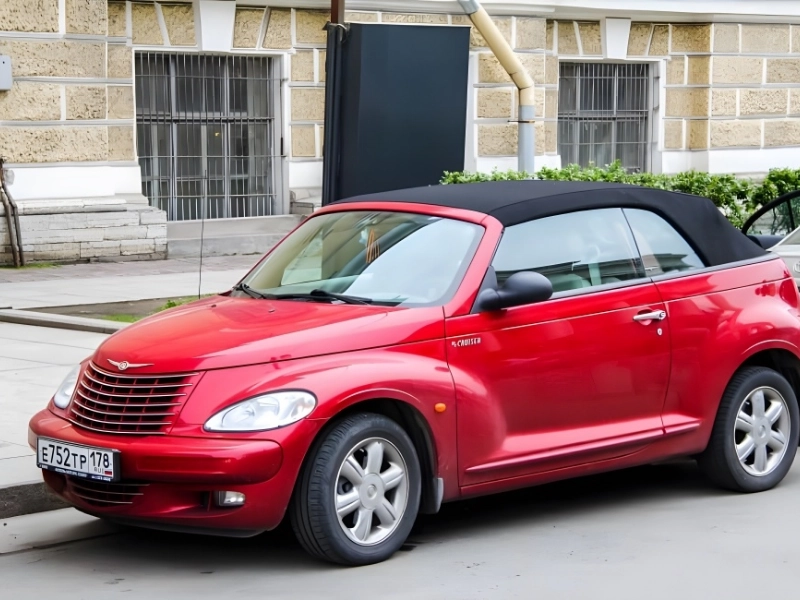3. The Chrysler 200
Years of Model: 2011–2017Average Repair Price: $549*

The engine in question was the 2.4-liter TigerShark inline-4, which was notorious for causing the car to stall and die while people were driving. This was a serious safety concern, as it could lead to dangerous situations on the road. The engine's defect was not just a minor inconvenience; it was a significant flaw that could potentially put drivers and passengers at risk.
The cost of maintaining a Chrysler 200 was relatively high compared to other mid-size cars. On average, owners of the Chrysler 200 faced yearly repair costs of around $549. This figure alone might seem substantial, but it pales in comparison to the costs associated with the TigerShark engine. If the engine needed to be replaced due to its design defect, the repair costs could skyrocket to an astonishing $3,200. This made the Chrysler 200 not only a potentially unsafe choice but also a costly one for owners who had to deal with these engine issues.
The high repair costs and the serious nature of the engine defect contributed to the decline in the popularity of the Chrysler 200. Many owners were frustrated with the frequent and expensive repairs, and the car's reputation suffered as a result. The combination of safety concerns and financial burdens made the Chrysler 200 a less attractive option in the competitive mid-size car market.
In summary, the Chrysler 200's most significant issue was the defect in its 2.4-liter TigerShark inline-4 engine, which could cause the car to stall and die while driving. This problem not only posed a safety risk but also led to exorbitant repair costs, with engine replacements costing up to $3,200. These factors contributed to the overall negative perception of the Chrysler 200 and its eventual discontinuation after just six years of production.
Recommended Reading: 12+ Vaseline Tips and Tricks That Will Open Your Eyes to Its Wonders
You are viewing page 3 of this article. Please continue to page 4











Excellent prompt for reflection.